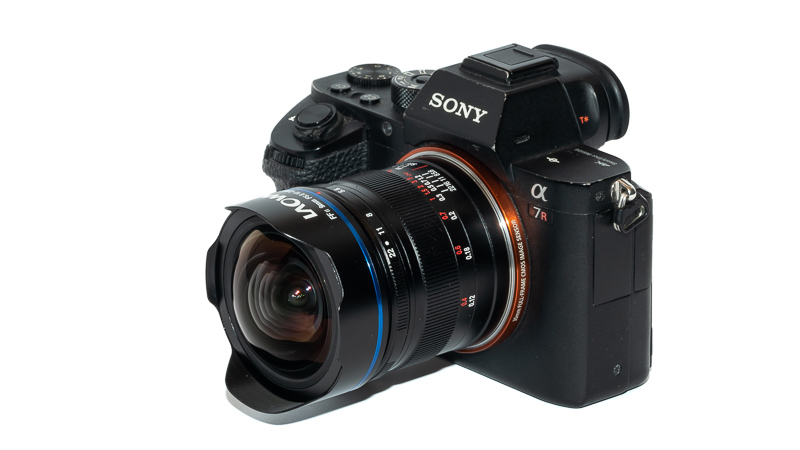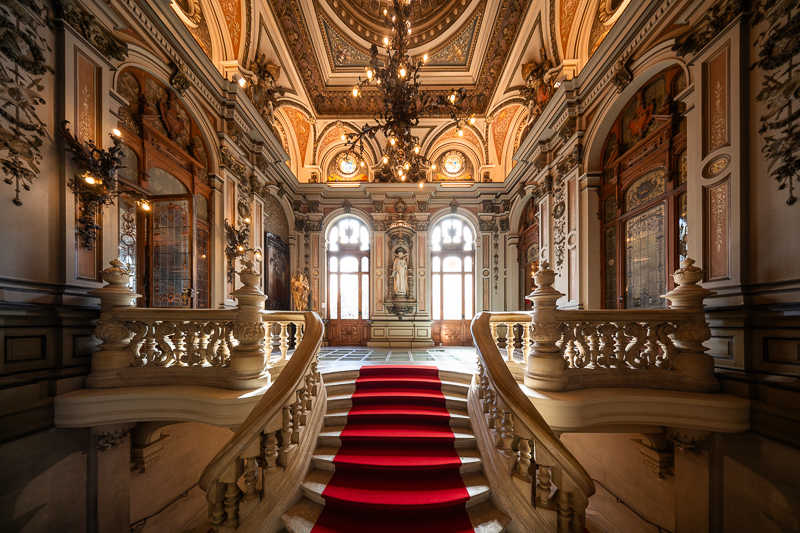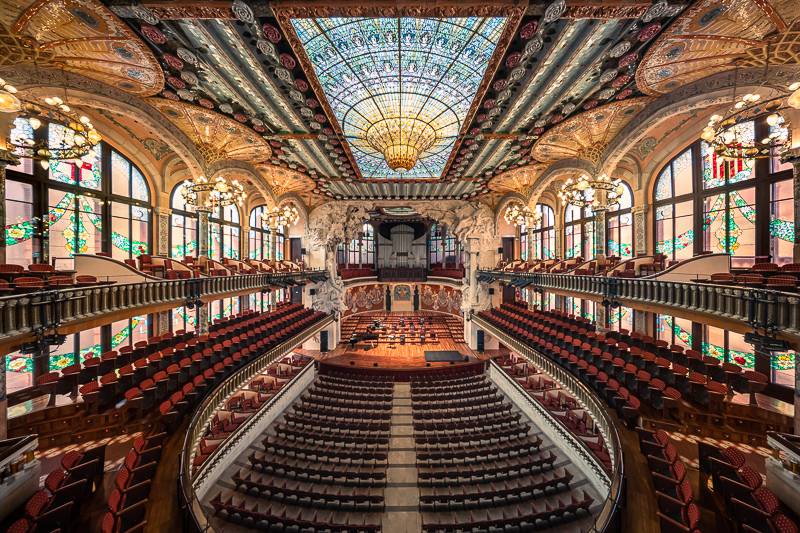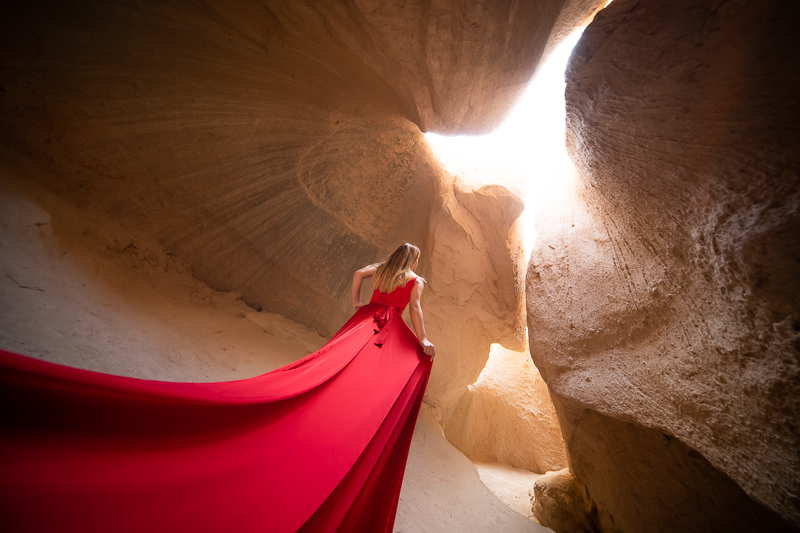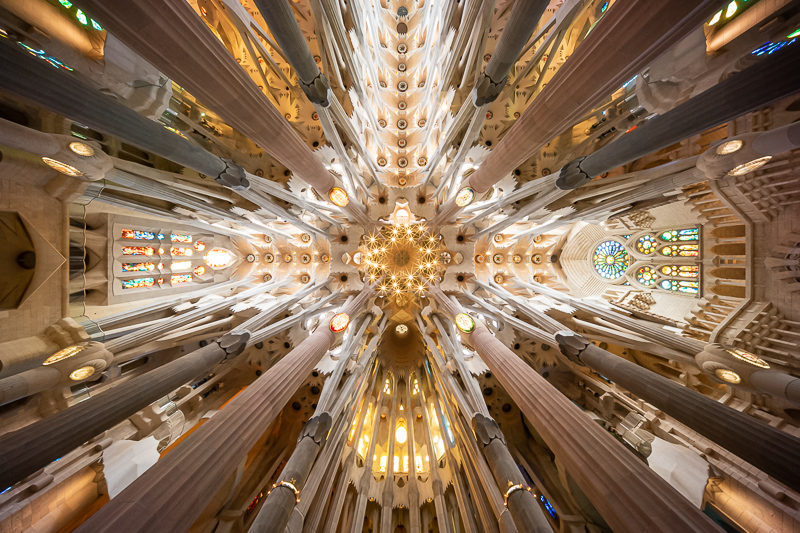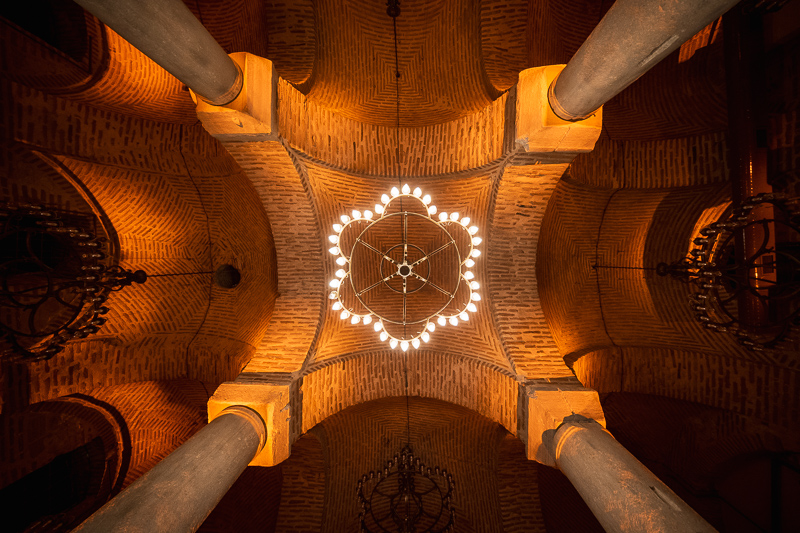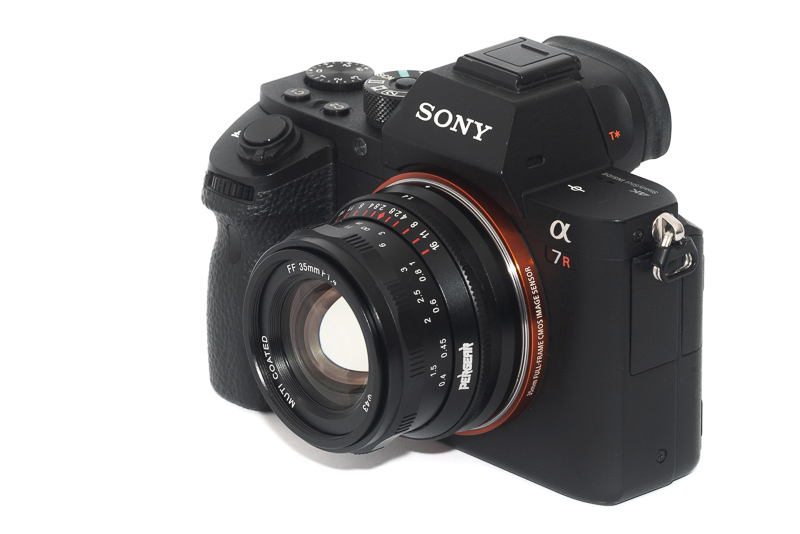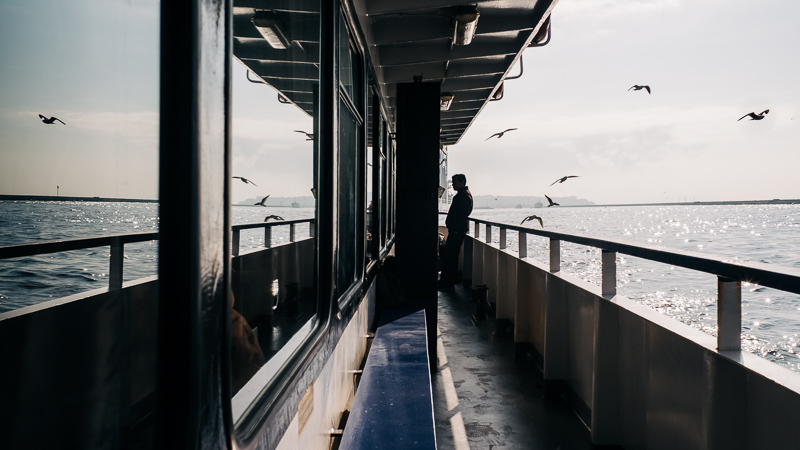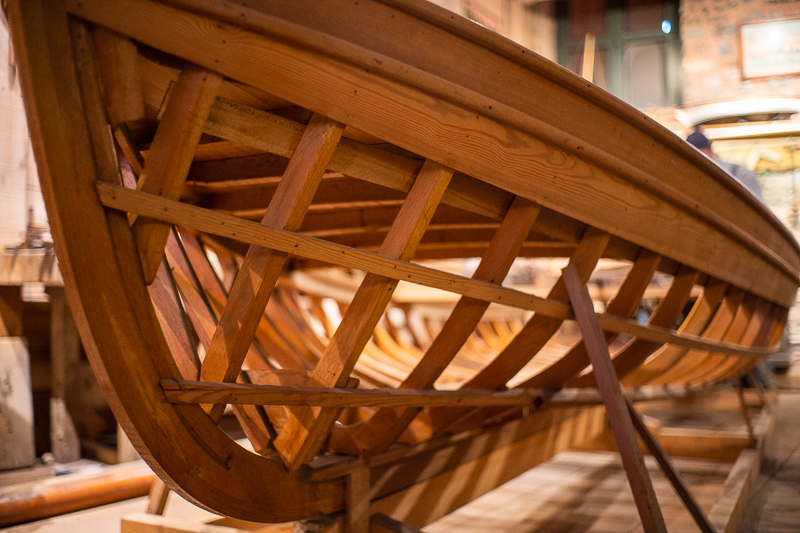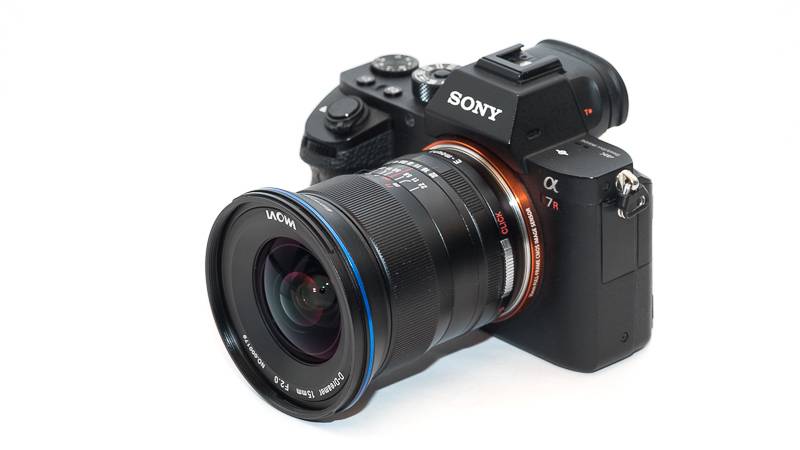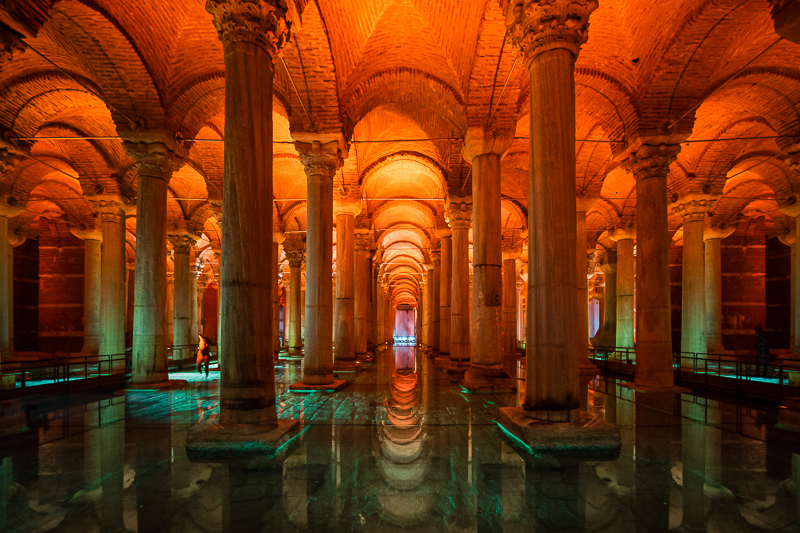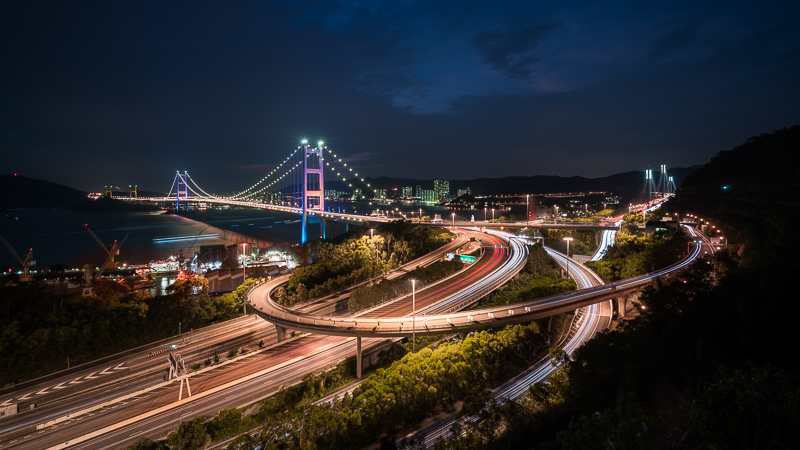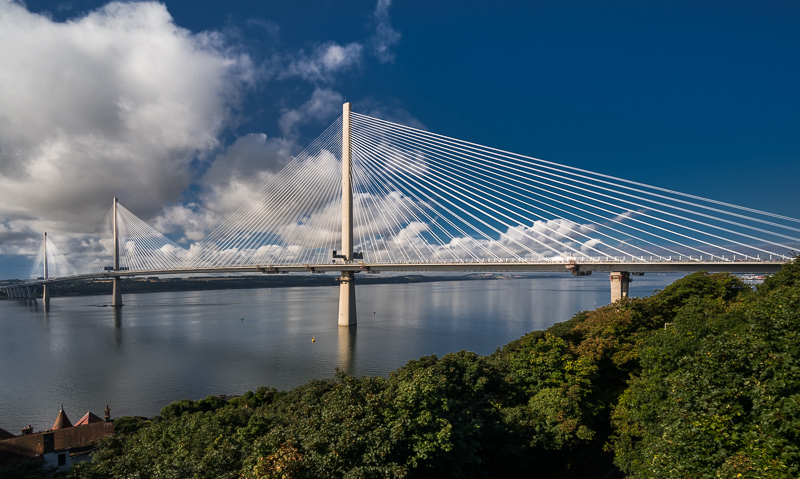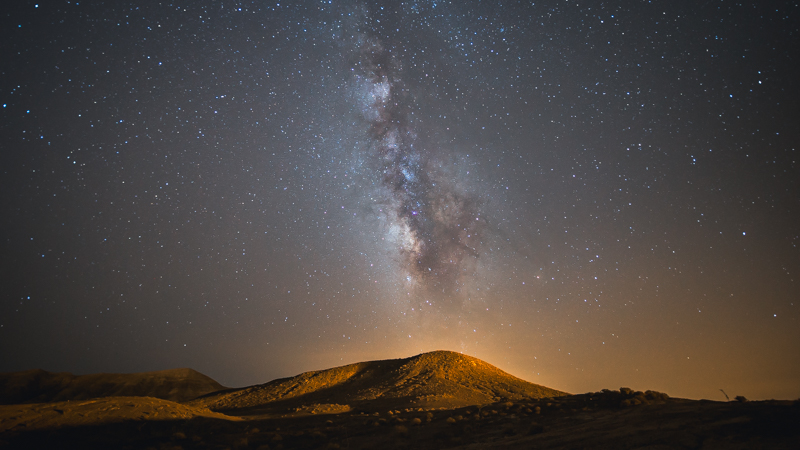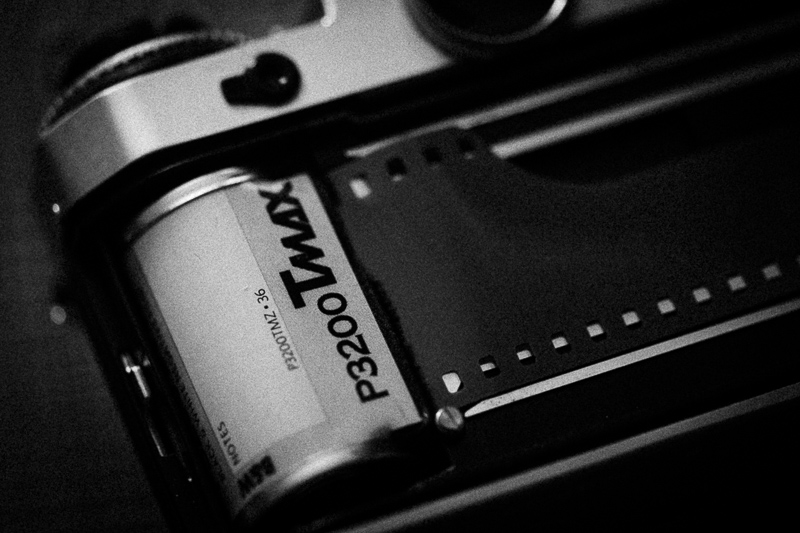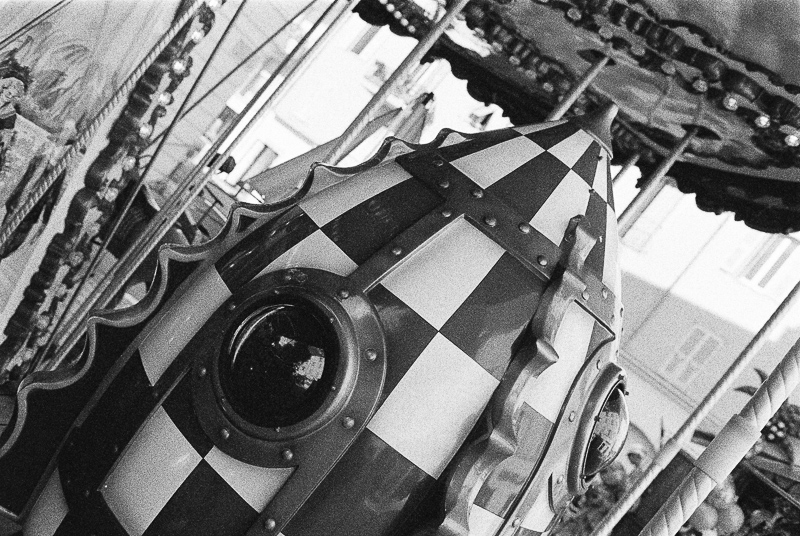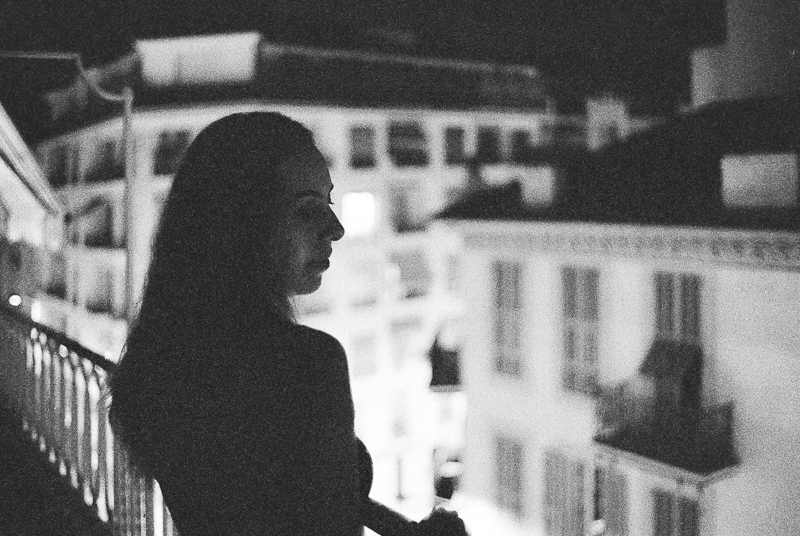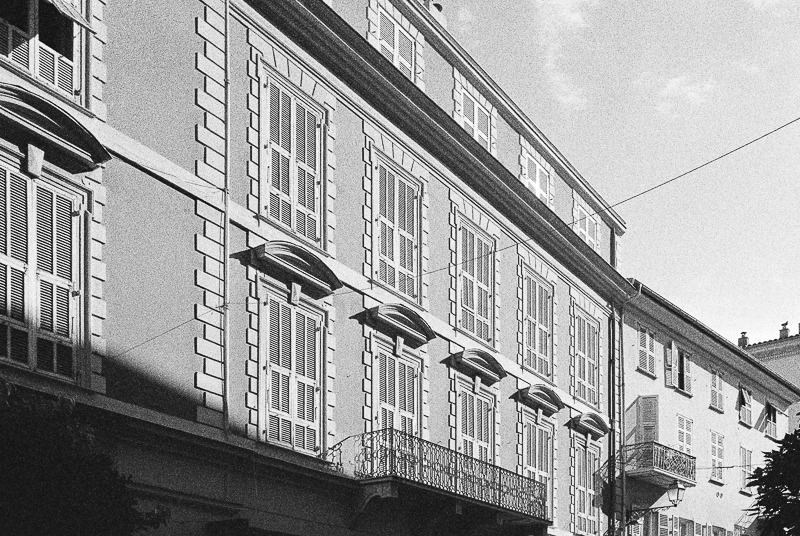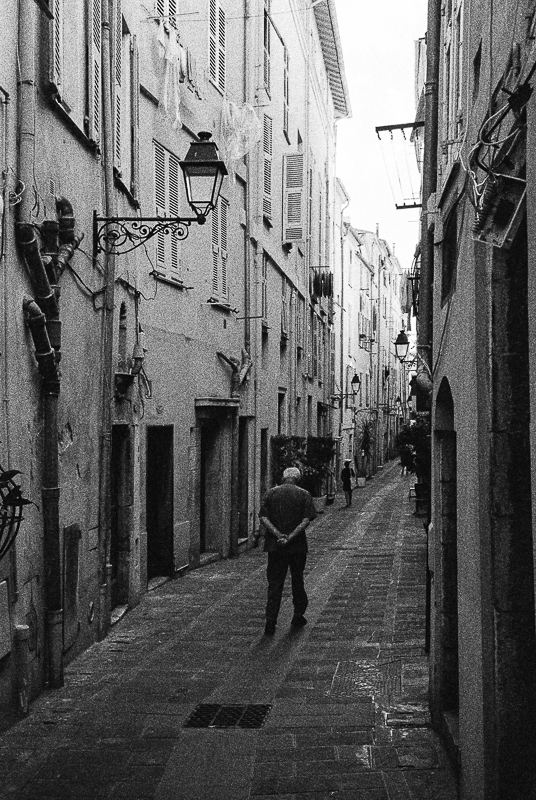Dear readers, I would like to increase the range of this blog and I am currently thinking what would be the best way to do it.
Most of the interaction with you happens through the comment section here or through our Facebook account and I am getting the feeling this is not enough, especially considering you cannot get this high quality, in-depth reviews anywhere else with so little and unobstrusive advertising on the pages.
We do have an Instagram blog account, but honestly I hate the instagram workflow. Posting via phone sucks, the desktop apps suck even more and you cannot properly paste links leading to the reviews, because Instagram wants to keep you in their system at all cost.
Is Instagram the way to go nevertheless?
Is Twitter still a thing?
Youtube videos that go along with the reviews?
A whatsapp group?
Telegram?
Anything else that comes to mind I didn’t think of yet?
It would be greatly appreciated if you could tell us in the comment section what would be your preferred way to communicate with us and where you would like to be informed about new posts first.
Thanks in advance, Bastian
Update:
I am amazed by the sheer amount of feedback from you guys! I may not reply to every comment but be assured I read all of them. So I will comment on some of the more common discussion points in summary here.
2nd Update:
I set up a phillipreeve.net Discord server, so you are invited to try it out with me and see if it is an useful addition.
Continue reading Survey →
